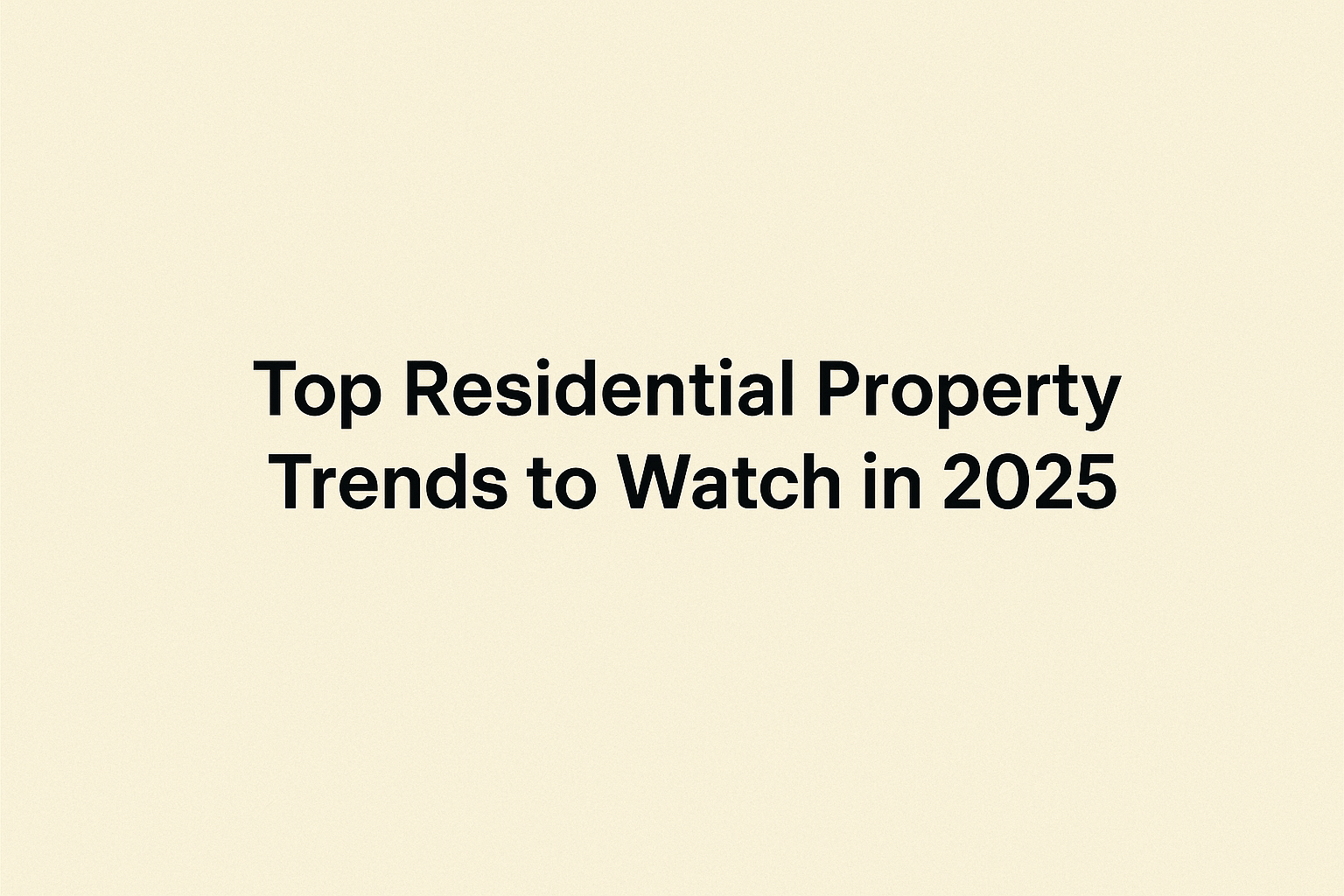When you decide to buy a home, one of the most critical choices is: Should you go for a ready-to-move property or invest in an under-construction home? Each option has its advantages and drawbacks. In this article, we compare Ready-to-Move vs Under-Construction Homes to help you decide which is better for your needs and goals.
What Do These Terms Mean?
-
Ready-to-Move Home: A property that is already constructed, completed, and ready for occupancy.
-
Under-Construction Home: A property still in the building stage; buyers typically pay in installments, and occupancy is expected after a certain future date.
Advantages of Ready-to-Move Homes
-
Immediate Possession & Zero Waiting
You can move in immediately or rent it out. There’s no uncertainty about project delays. -
Reduced Risk of Delay
No risk of construction delays or cost overruns. You see exactly what you are buying. -
Clear Visuals & Tangibility
You can inspect quality, amenities, finishing — what you see is what you get. -
Easier Loan Disbursement
Banks may disburse full amounts quicker since minimal future risk is involved. -
Better for Urgent Needs
For people relocating or needing immediate housing, this is ideal.
Disadvantages of Ready-to-Move Homes
-
Premium Pricing
Since construction is done, builders demand a premium for reduced risk. -
Limited Choices & Customization
Floor plans, orientation, and layouts are fixed. You may not get your preferred unit. -
Lower Growth Potential
Because appreciation is partly baked in, upside from future price growth may be limited.
Advantages of Under-Construction Homes
-
Lower Entry Price & Flexible Payment
You pay in phases (booking, foundation, structural, finishing) — easing cash flow. Often prices are lower per sq ft initially. -
Better Appreciation Potential
Buying early in development gives you more upside when the project completes and market conditions improve. -
More Choices & Customization
You can pick floor level, direction, layout (within offered options), and sometimes even choose finishing touches. -
Incentives from Developers
Builders often offer early-bird discounts, freebies (modular kitchen, fittings), and better deals to early buyers.
Disadvantages & Risks of Under-Construction Homes
-
Delay Risk
Projects may get delayed due to regulatory hurdles, funding issues, cost inflation, or other reasons. -
Quality & Execution Risk
The final product may differ in finishing, amenities, materials used, or quality from what was promised. -
Liquidity & Exit Risk
If market conditions soften before completion, reselling or cancelling may be harder. -
Payment Over Long Period
You may have to park funds over years without returns until handover. -
Interest & Inflation Risks
If there are cost escalations or inflation, the real value of your investment may erode.
Key Factors to Consider — Which Option Suits You?
| Factor | Ready-to-Move | Under-Construction |
|---|---|---|
| Time Horizon | Need immediate occupancy | Can wait 1–3 years |
| Risk Appetite | Low | Moderate to High |
| Return Potential | Moderate | Higher if project goes well |
| Budget Planning | Easy & defined | Staggered payments, potential escalation |
| Customization | Limited | Higher possibility |
| Resale / Liquidity | Easier (due to asset readiness) | Dependent on market perceptions & project quality |
When Ready-to-Move Is Better for You
-
You are relocating soon or need a house quickly.
-
You don’t want the stress or uncertainty of project delays.
-
You prefer full visibility into what you're buying (amenities, finishing).
-
You are risk-averse and prefer stability.
When Under-Construction Is Better for You
-
You have medium to long-term outlook (2-5 years).
-
You aim for higher capital appreciation.
-
You want more flexibility and customization.
-
You can absorb the risk of delays and want to benefit from early-bird pricing.
Hybrid Approach — Balanced Strategy
Many investors adopt a hybrid approach: keep your primary residence in ready-to-move format and invest in 1–2 under-construction properties for capital appreciation. This balances security and upside.
Also, carefully vet the developer’s track record, RERA compliance, payment flexibility, and potential for delays before committing to under-construction homes.
Closing Thoughts
There’s no one-size-fits-all answer. Ready-to-move homes provide certainty and peace of mind, while under-construction projects offer higher potential returns and flexibility. Your personal preferences, timeline, risk appetite, and financial strategy will decide which is better for you.












